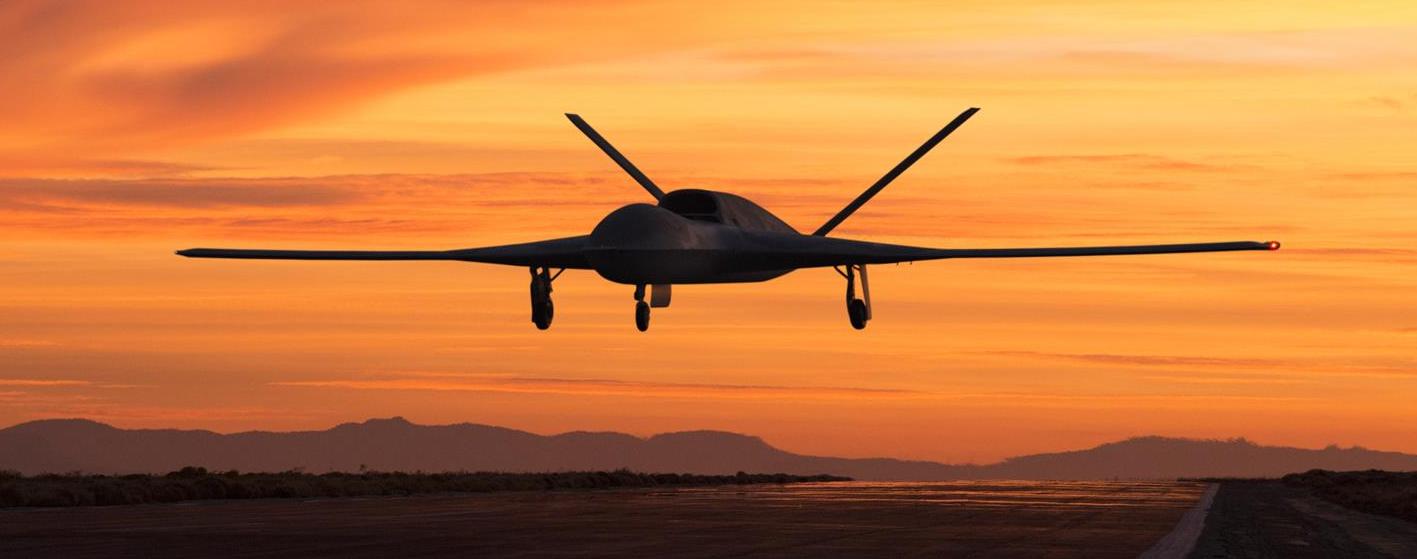
It’s one of the most secretive U.S. defence contractors. Justifiably. But General Atomics had a bit of a coming out last week, hosting journalists at its California headquarters for the first time ever. With virtually every one of its products yoked to the very highest U.S. government/military export restrictions and oversight, it is hardly any surprise that GA has internalised the low profile it puts into the systems it builds. That’s one of the reasons why the August 15-16 press ‘open house’ was a story all by itself.
The other big story was a headline-worthy indication that GA is hoping to see interest from a foreign customer in the Predator C/Avenger armed drone fructify into a government contract. While GA President David Alexander wouldn’t mention the country, it is widely believed he meant India.
Assuming India is indeed the apple of this fresh push — and there’s every reason to trust it is — it presents a fascinating turn of events. The Indian government officially requested the possible sale of 100 Predator C/Avenger drones early in mid 2016. With India at that time not yet a signatory to the Missile Technology Control Regime (MTCR) that governs trade in missile systems beyond a certain range, the Obama administration didn’t play ball. India was persuaded in the interim to accept a fleet of MQ-9B Sea Guardian unarmed maritime drones, an export that was cleared by the Trump administration in June when Indian Prime Minister Narendra Modi visited the U.S. News from the GA open house last week now makes it virtually certain that India’s original Avenger request is far from a crumpled piece of paper at the State Dept. or Pentagon’s Defense Security Cooperation Agency (DSCA) that administers foreign military sales.
To be sure, the path to any potential deal for Avenger drones is littered with process, budgetary and political hurdles on both sides — and that could necessarily clock up into years. Several, possibly. So the nugget from GA only provides confirmation of a possible future sale, not an assurance that things will happen quickly.
Confirmation of India’s foot still wedged in the door for Avenger drones means the country could potentially operate at least two foreign armed drone types going forward. In 2015, India decided to contract for 10 IAI Eitan/Heron TP hunter-killer drones, deliveries of which are expected to begin later this year or early 2018.
With #ModiInIsrael, spotlight on big deal awaiting execution: India's purchase of 10 IAI Eitan UAVs, its 1st weaponised strike drones. pic.twitter.com/Hk7p91e8jL
— Livefist (@livefist) July 4, 2017
The unmanned strike aircraft space isn’t exactly sitting around in the area. China’s Wing Loong II armed drone, which debuted in the west this year at the Le Bourget show, is currently known to be in advanced stages of testing strike weapons. It is also virtually certain that the drone is or will be made available to Pakistan in an armed configuration.
What we do know is that the Indian Air Force has begun to create planning space for armed unmanned aircraft and UCAVs, though it is still doctrinally a distance away from ready. Budgetary turbulence continues to buffet the IAF’s priority freedom, but that hasn’t stopped it from making firm requests for platforms like the Avenger, given the huge lead time now typical to most Indian armament contracting. On the flip side, it suggests a certain capability fork-in-the-road that is being seen as an imperative, especially given the developing atmosphere on borders with both China and Pakistan. Livefist can confirm that the IAF factors armed drones into a simulated future battlespace vision that’s part of its current planning studies. Just when such drones will be part of the mix remains unclear.
India is also developing its Rustom/Tapas MALE drone for future weapons carriage and will shortly begin prototype shaping studies on the Ghatak stealth UCAV concept, both programmes revealed first here on Livefist.

No country can be a power of any stature by imported weapons. Having launched Druva, LCH, LUH, Tejas , HTT-40 , a host if radar, satellites and electronics for defence we should be able to bring out armed drones on our own. Hopefully Tapas family matures quickly
DRDO need to rope in private sector and startup Eco system to get there quickly.